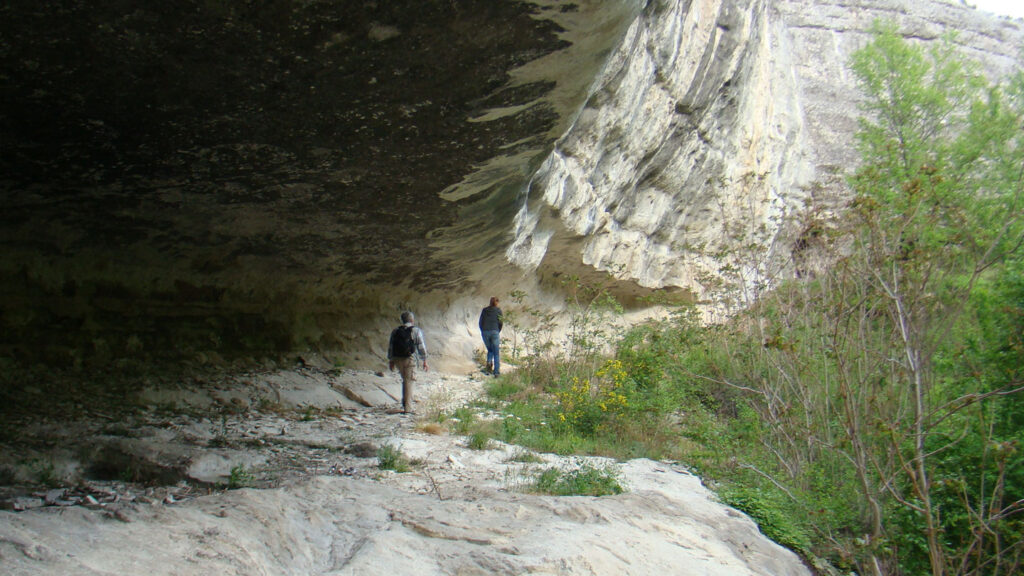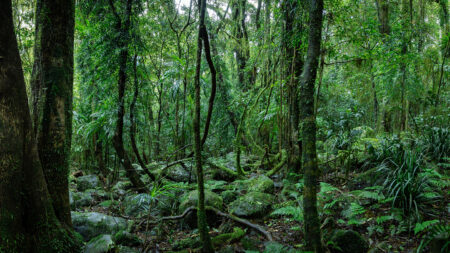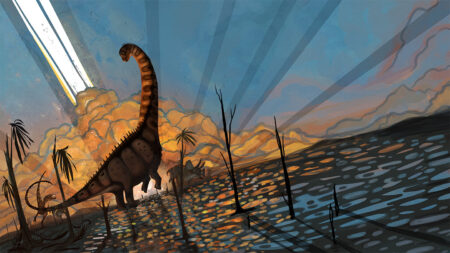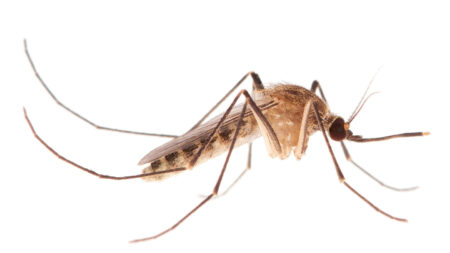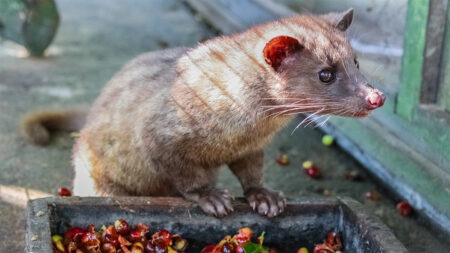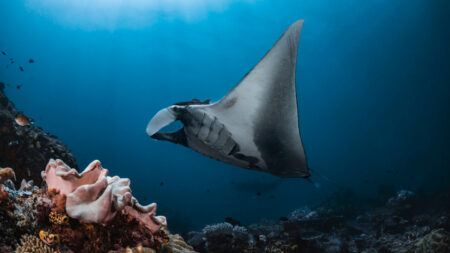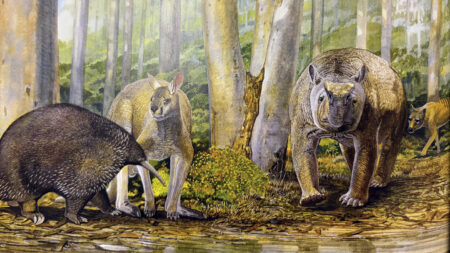A fossil unearthed on Eastern Europe’s Crimean Peninsula has divulged the strongest genetic clues yet about Neandertals’ long-distance journeys into the heart of Asia.
After identifying a bone fragment previously excavated at Crimea’s Starosele rock-shelter as Neandertal, researchers extracted bits of mitochondrial DNA from the find. That genetic material displays close links to corresponding DNA segments already obtained from Neandertal fossils at three sites in the Altai region of Russian Siberia, say archaeologist Emily Pigott and colleagues. Mitochondrial DNA typically gets passed from mothers to their children.
Along with shared stone tool–making styles, the findings indicate that Eastern European Neandertal groups journeyed some 3,000 kilometers east into Asia, where they left a genetic and cultural legacy, the researchers report October 27 in Proceedings of the National Academy of Sciences.
“Long-distance migrations by Neandertals facilitated contact and interbreeding with Homo sapiens and Denisovans in various parts of the world,” says Pigott, of the University of Vienna.
DNA and stone tools have previously linked other Eastern European sites to the Altai ones in Siberia. But the Crimean Neandertal was more closely related to its Altai counterparts, including a girl with a Neandertal mother and a Denisovan father.
Radiocarbon dating puts the Crimean Neandertal fossil, probably part of an upper leg bone, at between roughly 46,000 and 45,000 years old. Neandertal treks from Europe to Siberia and perhaps as far as East Asia occurred during periods of warming temperatures, Pigott’s team suspects. Geologic studies place one such travel-friendly period at about 120,000 to 100,000 years ago. Another started around 60,000 years ago.
Thousands of fossils excavated at Starosele are too fragmentary to classify as species by visual inspection. Analyses of protein residues in 150 Starosele bone fragments identified most as the remains of horses. An abundance of horse fossils at the Crimean rock-shelter aligns with evidence that Neandertals hunted wild horses.
Read the full article here





